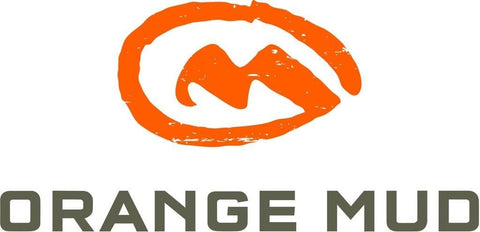As most of us do, I really enjoy running. My favorite distance is the marathon. Even though to-date I have only done 3: NY, Sydney and Melbourne. I began running when I was 24 years old - 12 years after I was diagnosed with type 1 diabetes. Running with diabetes has been a journey of learning and adaptation.
Type 1 diabetes is a chronic autoimmune disease where the pancreas stops producing insulin. Type 1 diabetics have to take a minimum of 4 daily insulin injections with multiple blood glucose checks through finger pricks, and constantly manage food intake to do our best to stay as healthy as possible and avoid long-term health complications.
For me, running provided an immediate, new found freedom from the frustrations of living with type 1 diabetes. A normal day for me consists of testing my blood glucose levels up to 20 times a day, giving multiple daily injections every time I eat and trying to manage all of this with exercise – sometimes the biggest challenge of them all. Running a marathon with type 1 diabetes requires careful planning and constant monitoring.
The rewards I reap from running, far outweigh the associated challenges with having type 1 diabetes. In 2016, I decided to take my love for running to the next level, signing up for my first ultramarathon for 2017. A 50km race in the Blue Mountains region of Australia. As a diabetic ultra runner, the preparation is intense but rewarding.
I had a great 2nd half of 2016 in terms of racing – completing 8 races in a 3-month period and qualifying for the 2017 Boston marathon.
I was ready for a good year ahead… until I got a stress fracture in my left foot in October at the Melbourne marathon.
This took me off my feet for the following 12 weeks, putting my training plans back a couple of steps. Fortunately, I have still been able to continue running and swimming to keep up my cardiovascular fitness.
Since getting back on my feet, there have been a few challenges probably not faced by the average runner. My diabetes has to get used to high intensity and endurance exercise again. This generally means during runs my blood glucose levels drop too low and I have to eat a constant stream of fast acting carbohydrates (gels, jelly beans, energy bars or fruit) to keep them within the normal range and prevent them from dropping dangerously low and potentially collapsing. Managing diabetes and fitness is a constant balancing act during these runs.
This adjustment can take the body up to 6 weeks to get used to and the need for carbohydrates slowly reduces.
So how does a type 1 diabetic train for a marathon or their first ultra and keep their diabetes in good control? How do diabetic runners adapt to the demands of such endurance events?
On a typical mid-week 8-mile training run I will test my blood sugar levels 20 mins before I run. I would eat some short acting carbs, generally a banana or dates 10 mins before I head out the door and closely monitor how I feel and my sugar levels for the following hour.
Thankfully I recently got a device called a continuous glucose monitor (CGM) which feeds constant, live readings of my blood glucose levels to my insulin pump and I can monitor my levels without having to prick my finger while running – a tricky skill to acquire through lots of practice. The CGM device makes such a difference with my diabetes control during training and races, especially when running with diabetes in competitive settings.
During any training run I have to closely watch my sugar levels and try to keep them in the ideal range whether refueling with carbohydrates to bring them up or giving microdoses of insulin to bring them from being too high.
I also always have to bring snacks with me for both refueling my energy requirements and in the case I have a low sugar level.
During longer runs I will test my sugar levels with my blood glucose meter – generally around the 13 & 18 mile mark for an average 20 mile run. I also have to refuel a lot more not for my diabetes but to keep my glycogen stores up as I am burning through so many calories. I will eat 3 Clif bars (40g of carbs each) during my run with no insulin.
Training on the trails for the ultramarathon has added a couple of other challenges too, which I am learning to enjoy, very different to training on the tarmac.I am generally on my feet for longer hours and at a slower pace.I have more time to focus on my diabetes management but have to plan ahead with what I am going to take with me before I even head out the door and hit the dirt path.
The typical questions that run through my mind:
- Do I have enough water for hydration?
- Do I have enough supplies for refueling?
- Do I have extra supplies to treat low sugar levels?
- Do I have my blood glucose monitor as a backup to my CGM to test my sugar levels while running?
- Do I have a fully charged phone in the case of an emergency?
- Do I have my identification on me and do people know where I am running (if going on my own)?
And the most important question of them all: Am I ready for some fun?
In so many ways I am blessed to have type 1 diabetes. It has changed my perspective on life and allowed me to enjoy running with an appreciation unique to my experience.
Both diabetes and running have changed my life in ways I can’t put into words.
Now here is to Boston and running my first 50kms. 2017 is going to be a good year.
Blog: type1runningshoes.wordpress.com
Instagram: @amylmck

